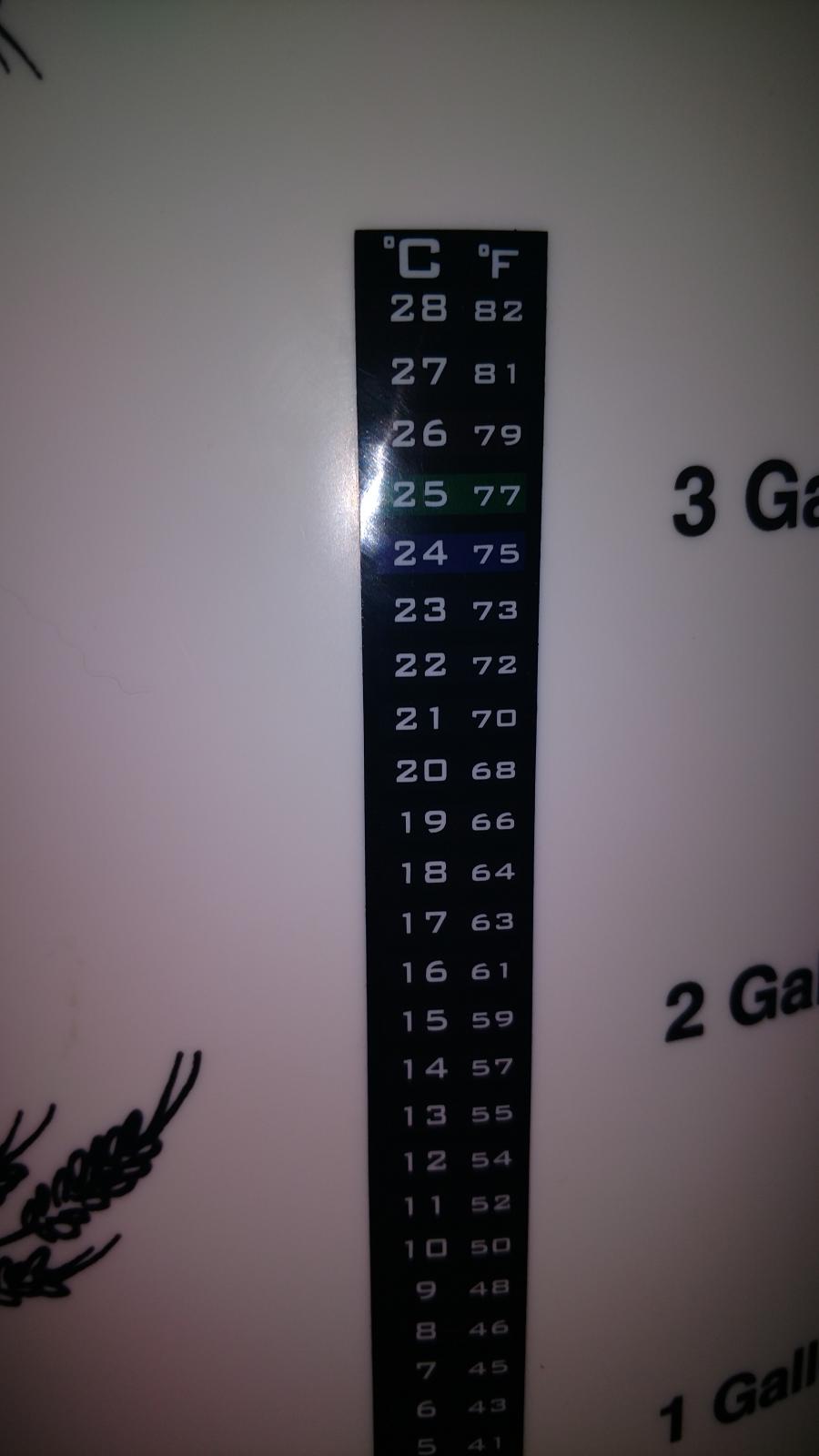Does anyone have any suggestions or comments on my brew day coming up? Or about my recipe?
I am curious what people think:
* Two things:
** The Scotzin website doesn't list Munich Malt 10L, just Munich Malt Light 8L and Munich Malt Dark 15L... Which should I use?
**Two, the website shows no IPA yeast. What style of yeast is a good alternative?
Thanks!
Not sure you'll be able to do all these, but in the event other potential new brewers might read this, here goes:
1. Simpler is better. We all have a tendency, I think, to want to brew a fantastical recipe that will knock the socks off anyone who tries it. The reality is that's not likely to happen the first time, IMO. Instead, brew a simple recipe, tried and true, so you're more likely to be able to isolate the cause of any problems. The more moving parts you have, the harder it is to isolate the problem.
There's nothing wrong w/ your recipe. The issues that will emerge are more likely to be oxidation as you move from fermenter to secondary to dry hopping. Do you have any idea how it will taste? If you don't, then whatever you get will be a surprise. And if there's a flavor that doesn't work, is it due to the ingredients or the process?
2. I wouldn't secondary at all. The only reasons, IMO, to secondary are that you either need the primary for another brew, or are aging for a long time. When you transfer to a secondary you introduce oxygen from air into the process, and you do not want to do that if you can avoid it. IPAs are susceptible to oxidation.
3. Can you find an experienced homebrewer locally who can help you and kibitz, or whose brew day you can watch? I did that before my first brew day, it was hugely helpful.
4. Water matters. A lot. You have a recipe and all that, but how is your water? Appropriate for brewing all-grain? It has been said that if your water tastes good, you can brew good beer. Well, that's not necessarily true. Wasn't in my case.
You need to end up w/ a mash pH of from about 5.2 to 5.6, and how you get that depends on the water you start with, and the grain you're using. Further, if your water is chlorinated that can introduce off-flavors to your beer. You can combat that with a Campden tablet.
5. If #4 above is confusing to you, you need a bit more background and information before proceeding, IMO. My local water is not good for brewing unless I'm doing a Stout. Lighter beers need to be cut with RO (reverse osmosis) water or distilled water, and then brewing salts and lactic acid additions to bring it to where it needs to be.
This is one reason why I think new brewers should start with extract brewing, unless they have a local mentor who can help them. Become comfortable w/ the process from the boil forward, including hopping, chilling, racking, dry-hopping if you're doing that, bottling and conditioning. Once you're OK with that (maybe 2-3 brews), then you can focus on the other side, i.e., making wort from grain.
To make wort you need to be comfortable w/ things like mash temp, mash pH, maintaining temps, sparging, vorlauf, first runnings, second runnings, or if you're doing brew-in-a-bag, whether you're going to squeeze or not, or dunk sparge, or......I think you get my point. At one level brewing is simple, but it's not simplistic, either.
Again, the more moving parts, the harder it is to isolate a problem.
6. Simpler is better at first. Oh, I said that already.
Either way, good luck, keep things as simple as you can and allow yourself room to grow. Think about where you want to be 3- and 6-months from now. You'll get there.
























































![Craft A Brew - Safale BE-256 Yeast - Fermentis - Belgian Ale Dry Yeast - For Belgian & Strong Ales - Ingredients for Home Brewing - Beer Making Supplies - [3 Pack]](https://m.media-amazon.com/images/I/51bcKEwQmWL._SL500_.jpg)



